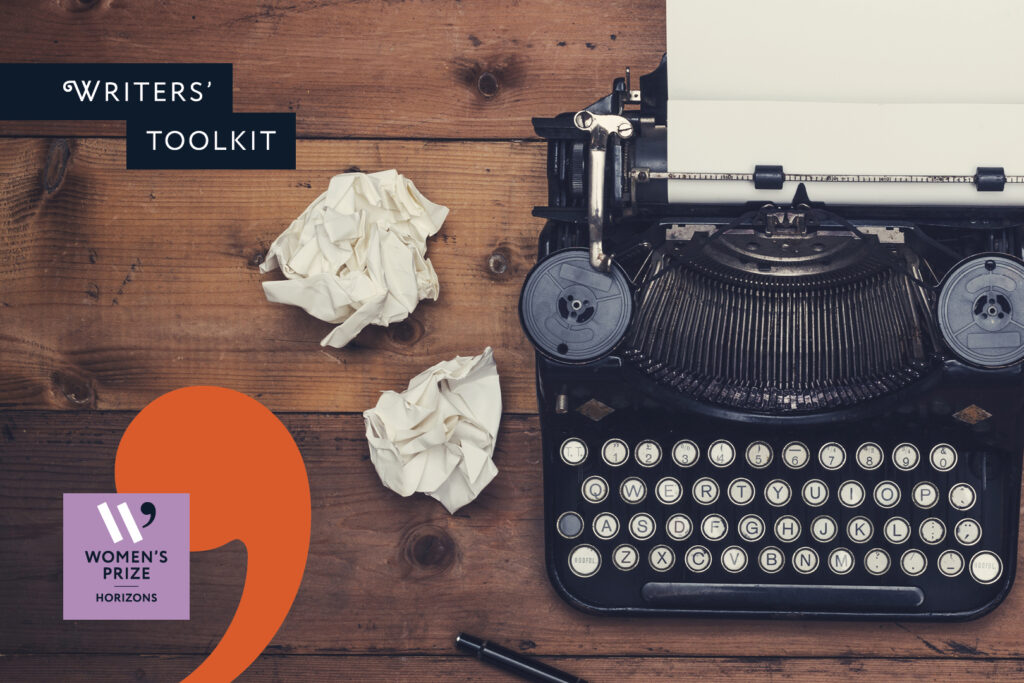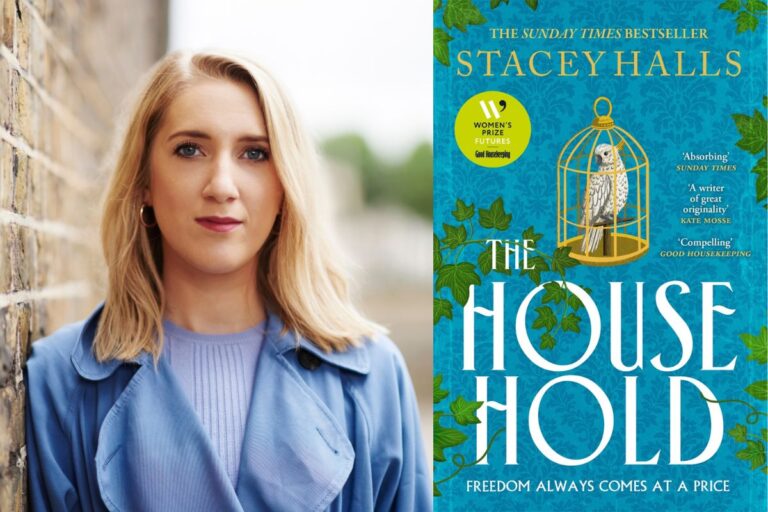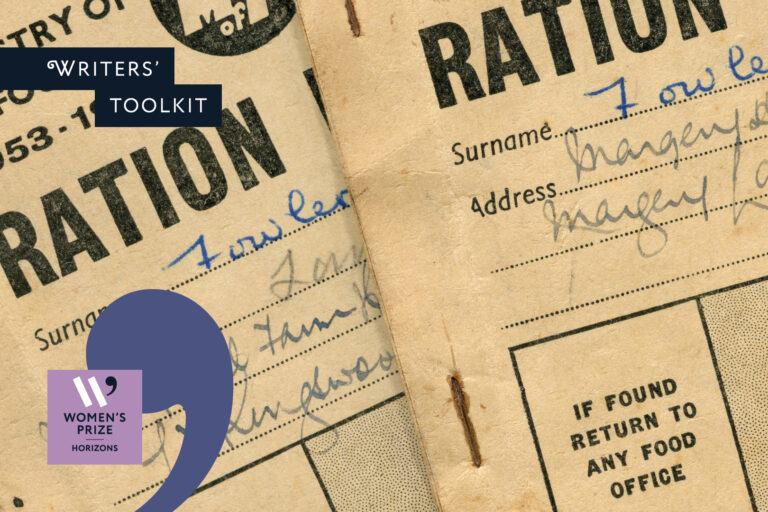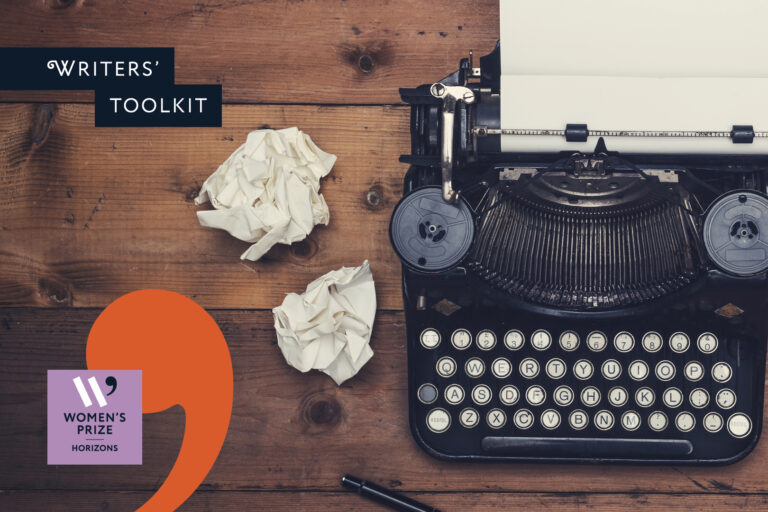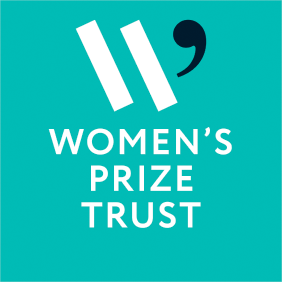Written by Sophie Lambert
There is an art to putting together a dazzling nonfiction book proposal, and keeping in mind the following will help you to do just that.
When it comes to non-fiction submissions, instead of sharing a completed book – as you would expect to if you were writing a novel – a publisher will acquire non-fiction based on a proposal. Broadly speaking that proposal is made up of three main parts: 1) an overview, 2) a sample of writing and 3) a chapter breakdown.
There is no specific rule of thumb in terms of word length, but the full proposal will likely end up somewhere between 10,000 and 15,000 words, but sometimes more or less, and it’s key to remember that an agent will help you put this together, providing they have seen the scope and potential.
The purpose of a proposal is to sum up the essence of the book in the most enticing and captivating way, as well as to offer up a glimpse of what is to come, ensuring that a publishing team are convinced that it’s a book that they must acquire and publish. It’s an agent’s job to help guide an author towards the perfect proposal, and also to anticipate any potential ‘red flags’ that an editor and their team might spot ensuring that they are confronted in the proposal itself.
When reading and contemplating a non-fiction proposal, the three crude questions that a publisher will initially have are:
- What’s new and different here?
- Why is now the right time to publish this?
- Why is the author the right person to write the book?
Of course, there are always proposals that are just so brilliant that they will sell themselves on the writing alone, and there are memoirs (especially) which hinge on a unique personal story and flair; but on the whole these three questions must be answerable.
I’m constantly surprised at the number of writers who don’t have a clear enough sense of exactly what they are writing and why. As an ex-bookseller, I know how essential it is to be able to distil the core of a book to a succinct and intriguing couple of sentences. I spend a lot of time circling around this central point with authors, making sure that the argument for the book feels as tight and convincing as possible.
Where the three components of the proposal are concerned, the overview is often the part which takes the most thought: how to present together what is often a complex, nuanced and carefully thought-out idea into three or four pages. This is the equivalent of your best sales pitch. Tonally it will be distinct from the sample of writing that is to come, but it will show off the breadth and depth of the book, it will seek to interrogate the what’s new and the why now questions. And it will offer up short anecdotes and nuggets of storytelling that illustrate just how glorious the book will be. So often I think it’s about balance – a strong macro perspective, laced with glittering micro examples of the book to come.
The sample section of the proposal needs to show off your prose at its best and be indicative of the style and tone that you will write the book in.
This should ideally comprise of a chapter, and potentially – if relevant – an Introduction. It usually makes sense for the sample chapter to be the first chapter. The chapter breakdown should be short – two paragraphs per proposed chapter is enough. The purpose of this is to make clear the structure of the book and its argument, and to convince a publishing team that there’s enough here for a full-length book (rather than, for example, a long read or an article). A tight and coherent structure is a vital part of a successful book, and enables you to be as imaginative, ambitious and revelatory as you desire.
An agent will be involved in helping you put together the most compelling and commercially appealing proposal and, when you both think that it’s in the best possible shape, will then submit it to multiple publishers. I have always worked collaboratively with authors on their proposals – we don’t expect perfect, shiny versions to land in our inboxes and thrive on the creative and collaborative part of the process. The components to keep in mind at the earliest stages are those three key questions listed above and being able to sum up the heart and purpose of the book eloquently and confidently.
I hope that this is helpful and inspiring. Good luck in pulling together what I’m sure will be narratives that demand to be read and shared, and that show off the breadth of narrative non-fiction at its finest.
